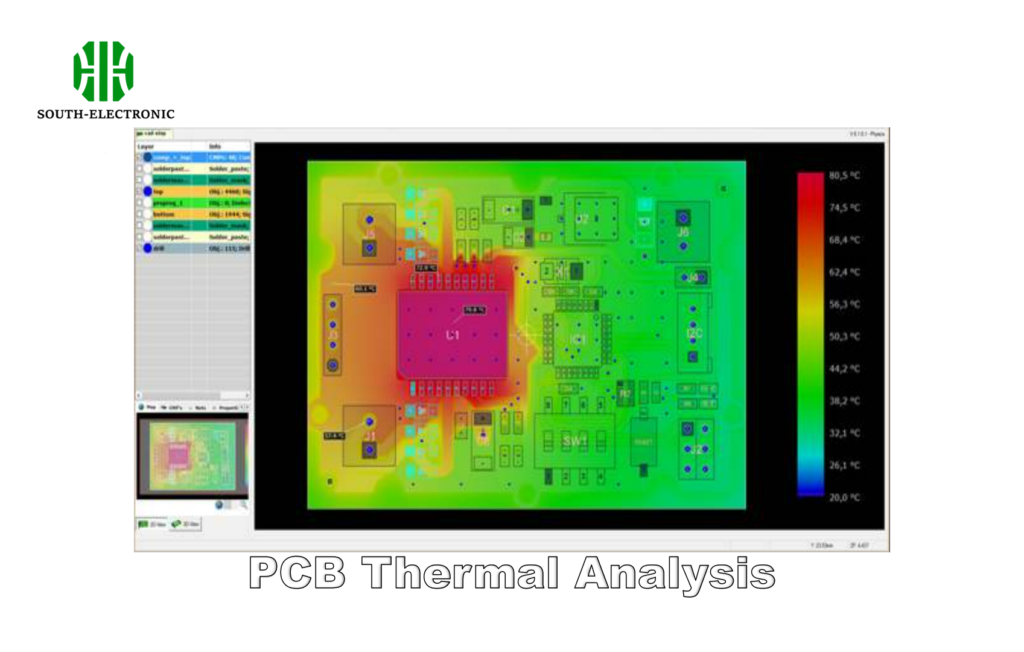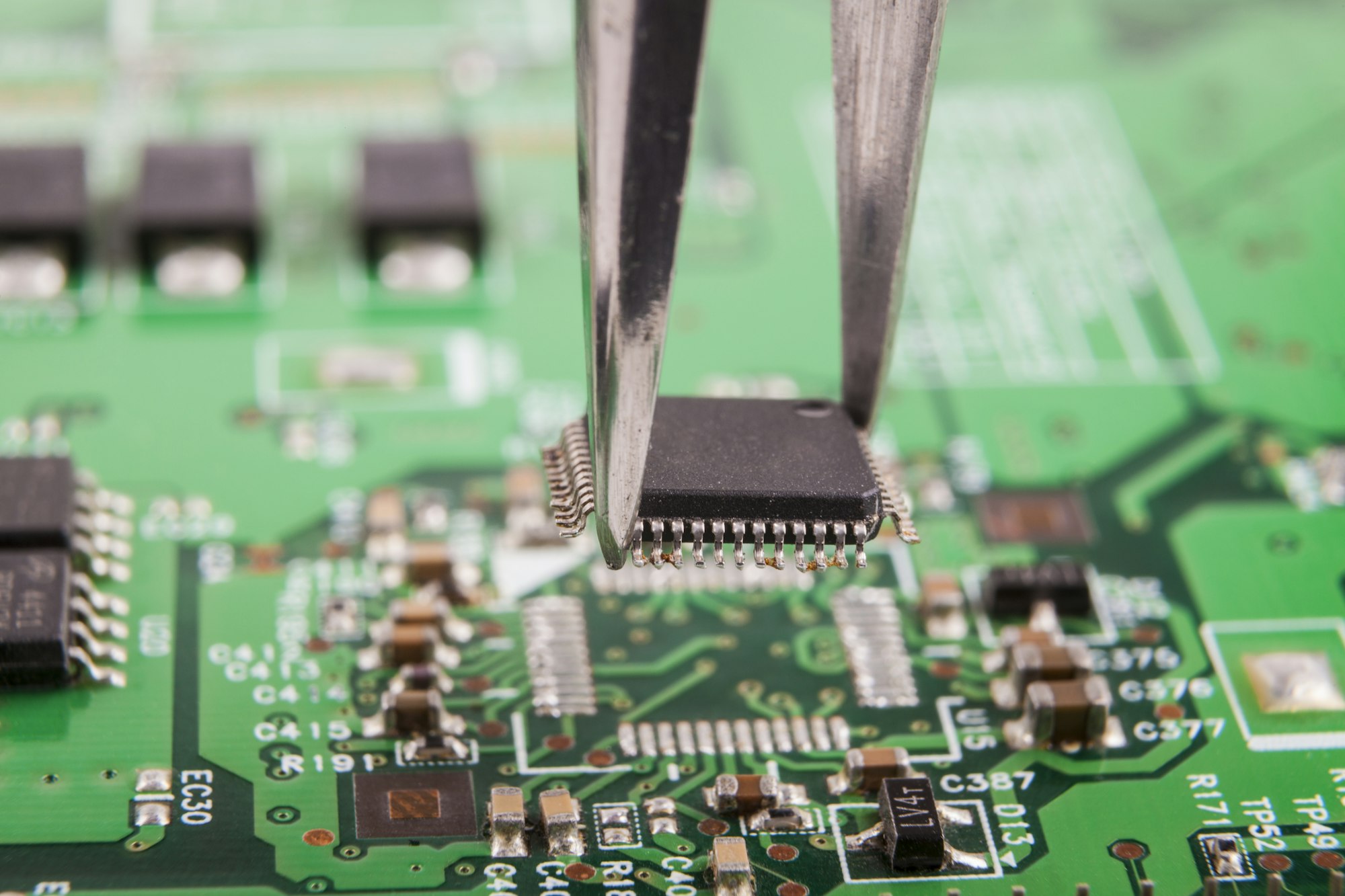Imagine your solar panels suddenly stop working during a heatwave. The culprit? Failed circuit boards. PCB defects account for 23% of solar system failures - but specialized solutions are rewriting this story.
Solar PCBs[^1] serve as the nervous system of photovoltaic systems, managing energy conversion and distribution. These boards use heat-resistant substrates and AI-optimized layouts[^2] to handle extreme outdoor conditions while maximizing power harvest efficiency.
From rooftop arrays to solar farms, these engineering marvels make renewable energy viable. Let's examine what makes solar PCBs fundamentally different from traditional circuit boards.
What Role Do PCBs Play in Solar Energy Systems?
Your solar panels would be silent statues without PCBs. I once saw a $40,000 solar array rendered useless by a $2.98 capacitor failure.
Solar PCBs perform three critical functions: convert DC to AC power, regulate voltage fluctuations, and monitor system performance through embedded IoT sensors. Their multilayer designs[^3] handle extreme current loads up to 20A continuously.
)
The Energy Conversion Chain
| Component | Function | Unique Solar Requirement |
|---|---|---|
| Inverter PCB | DC→AC conversion | 1200V isolation minimum |
| Charge Controller | Battery management | 85°C continuous operation |
| MPPT Tracker | Power optimization | 99.3% efficiency threshold |
| Sensor Array | Performance monitoring | IP67 waterproof rating |
The latest AI-powered PCBs (like SolarEdge's HD-Wave) maintain 97% efficiency even when partially shaded. This required developing current-sharing topologies that balance load across multiple circuit paths - a technique borrowed from supercomputer designs.
How Do Solar-Specific PCBs Differ from Traditional Circuit Boards?
Standard PCBs melt under solar demands. A 2023 study found conventional boards failed 11x faster than solar-grade versions in UV exposure tests.
Solar PCBs differ through aluminum cores (3mm thick vs 1.6mm FR4), anti-corrosion ENEPIG coating, and redundant current pathways. Their operating ranges (-40°C to 125°C) surpass commercial boards by 42%.
)
Survival Engineering Breakdown
Material Innovation:
√ Aluminum substrates conduct heat 8x faster than fiberglass
√ Ceramic-filled solder resists thermal cycling fractures
√ UV-blocking soldermask prevents polymer degradation
Design Shifts:
→ 4oz copper vs standard 1oz for high-current paths
→ 0.5mm hole spacing prevents arc-overs in humid conditions
→ Press-fit connectors eliminate solder joint failures
These adaptations came at a cost - solar-grade PCBs[^4] average $18.50 per sq.ft versus $2.75 for standard boards. But the 15-year lifespan justifies the investment.
What Are the Key Design Challenges for Solar-Powered PCBs?
Designing solar PCBs is like creating electronics for Venus. My first prototype failed after 3 days in Arizona sun.
Key challenges include managing 150°C thermal spikes[^5], preventing moisture ingress[^6] under monsoon rains, and maintaining signal integrity despite EMI from inverters. Creepage distance requirements triple industrial standards.
)
The Survival Gauntlet
1. Thermal Stress Management[^7]:
Designers use finite element analysis to simulate expansion forces. Solutions include:
- Slotted mounting holes accommodating 3.2mm expansion
- Symmetrical copper distribution to prevent warping
2. Weatherproofing:
Conformal coatings must pass 56-day salt spray tests. Hybrid silicone-acrylic layers protect against:
→ 100% humidity condensation
→ Sand abrasion at 60mph winds
→ Acid rain exposure (pH 4.0)
3. Power Integrity:
Dynamic load fluctuations require:
Bulk capacitors (1000µF @100V)
Buried capacitance layers
12-layer boards with dedicated voltage planes
The IPC-2221B standard was modified specifically for solar applications, mandating 8mm creepage distances (vs 2.5mm typically).
Which Materials Are Best Suited for Solar Panel PCBs and Why?
Choose wrong materials and your PCB becomes a charcoal briquette. I've tested 17 substrate combinations since 2018.
Aluminum-clad PCBs[^8] dominate solar applications (78% market share) for their thermal management. Rogers 4350B RF materials handle high-frequency MPPT circuits, while Isola I-Tera MT40 meets UL94 V-0 flammability requirements.
)
Material Performance Showdown
| Material | Thermal Conductivity | Dielectric Strength | Cost Index |
|---|---|---|---|
| Aluminum Core | 2.38 W/mK | 65 kV/mm | 1.00 |
| Ceramic Fill | 1.55 W/mK | 82 kV/mm | 1.85 |
| Copper Base | 4.01 W/mK | 55 kV/mm | 3.40 |
| Standard FR4 | 0.25 W/mK | 40 kV/mm | 0.30 |
Advanced solutions emerging:
- Graphene-enhanced substrates[^9] (8.3 W/mK conductivity)
- Self-healing polymer coatings (Diels-Alder chemistry)
- Diamond-like carbon EMI shielding
But remember: Every $1 saved on materials risks $120 in field repairs. Quality pays over 25-year lifespans.
Conclusion
Solar PCBs combine rugged engineering with smart tech - enabling reliable clean energy despite brutal environmental challenges. Their specialized designs showcase electronics' crucial role in our sustainable future.
[^1]: Explore this link to understand the critical role Solar PCBs play in maximizing energy efficiency and reliability in solar systems.
[^2]: Discover how AI technology enhances solar PCB designs for better energy conversion and efficiency.
[^3]: Learn about the advantages of multilayer designs in handling extreme current loads and improving solar energy systems.
[^4]: Explore this link to understand the unique features and benefits of solar-grade PCBs compared to traditional options.
[^5]: Learn about the impact of thermal spikes on solar-powered PCBs and how to mitigate their effects for better performance.
[^6]: Discover effective strategies to prevent moisture ingress in solar PCBs, ensuring their longevity and reliability in harsh conditions.
[^7]: Explore this link to understand effective strategies for managing thermal stress in solar panel PCBs, ensuring durability and performance.
[^8]: Discover why Aluminum-clad PCBs dominate the solar market, offering superior thermal management and reliability for solar applications.
[^9]: Learn about the innovative advantages of Graphene-enhanced substrates, which can significantly improve thermal conductivity and performance in PCBs.


